The content of the article
- 1 Calendula: Description
- 2 The healing properties of calendula
- 3 Scope of use of calendula
- 4 What provides a healing effect?
- 5 Calendula recipes for traditional medicine
- 6 Calendula contraindications
- 7 Calendula: interesting facts
- 8 Important notes to be aware of
- 9 Calendula for children: is it dangerous?
- 10 Video: the healing properties of calendula
Since ancient times, people with various diseases have turned to traditional medicine recipes. They are quite effective, tested over the years - due to the fact that entire generations have treated their ailments with such recipes.
In folk recipes, various medicinal herbs are always present. If they are properly collected and dried, they do have a pronounced healing effect due to the content of essential oils, vitamins and other useful elements. In this publication, we consider a medicinal plant such as calendula - what are its beneficial properties, what recipes exist with the use of this flower, diseases that can be cured with calendula, and other interesting and relevant issues.
Calendula: Description
It is noteworthy that the flowers of this plant are used not only in folk, but also in traditional medicine. Tinctures, ointments are combined with other drugs in order to achieve the maximum healing effect.
Calendula in height can reach 50 or more centimeters. It blooms in June-September, and the fruits begin to ripen in October. Can survive anywhere in the world, despite being a cultivated plant. They are grown both with a decorative purpose - due to the fact that the calendula has an attractive appearance, and for use in medicinal purposes.
Ointments, tinctures, decoctions are made from inflorescences. The best option is flowers that have just opened, they contain a peak amount of nutrients. After the seeds begin to ripen, calendula is slowly losing its healing properties, so it is important to collect the flowers on time.
If you pick up the baskets from time to time, then in their place they will ripen, and new flowers will grow. The flower blooms until the end of September - and during the entire period of flowering, you can collect and harvest marigolds that have healing properties.
Correct drying of flowers is of great importance. As a rule, they are dried in the open air - the raw materials are laid out on newspapers in a thin layer. Flowers are stored for about two years, if they were correctly dried, then the healing properties are not lost.
The healing properties of calendula
Calendula is used in many branches of medicine, but the most important property of marigolds is bactericidal. The plant copes with various microbes perfectly, disinfects and relieves the inflammatory process caused by pathogenic microorganisms.
Calendula also has the following properties:
- choleretic;
- anesthetic - effectively eliminates spasm;
- heals;
- provides tissue repair;
- has a restorative effect;
- calms nerves;
- boosts immunity;
- lowers blood pressure.
As you can see, marigolds really have a wide spectrum of action. Based on the above properties, we consider in which areas a medicinal plant can be used.
- Antiviral and bactericidal properties. Calendula flowers, infused with alcohol, have the ability to suppress the type A virus, and on water they have antiherpetic properties. Water infusion can gargle with angina, and alcohol - it helps with gum disease. With otitis media, adults can bury their ears with alcohol tincture; children are advised to use calendula oil in this case.Calendula is very effective for various skin diseases - it is best to use flowers insisted on alcohol. This tincture has a disinfecting and drying effect, due to which you can quickly get rid of boils, pustules and other rashes.
- Anti-inflammatory property. Marigolds are used for diseases of the female genital area - thrush and other secretions. Calendula is also prescribed for diseases of the urinary system - cystitis, urethritis, etc. It is effective to take calendula infusion orally for urological problems due to the fact that marigolds help to remove excess fluid from the body, as well as harmful salts.
- Cholagogue properties. If a person has been ill with cholecystitis or hepatitis, calendula infusion can be used as a prophylactic. Such treatment is not prescribed if a person has cholelithiasis. It is important to take an infusion of calendula for gastrointestinal diseases - gastritis, ulcer. With regular use, the infusion of calendula relieve flatulence, eliminate pain, and also improve the functioning of the gastrointestinal tract.
- Heals wounds. Oil or tincture can be used for scratches, wounds, burns. It also helps to reduce the manifestations of psoriasis and seborrhea - it is advisable to use it in complex therapy. Calendula is also actively used in cosmetology - to strengthen hair, remove pimples and pustules, to eliminate dandruff.
- General strengthening effect. It allows you to increase the body's defenses, remove toxins, improve the general condition. It is noteworthy that some healers use marigold decoctions for patients who have been diagnosed with inoperable cancer - the decoction will improve well-being, and when used regularly, it has a detoxifying effect. It is especially important to use decoctions and tinctures for patients who have malignant neoplasms of the gastrointestinal tract.
- Sedative effects on the body. A decoction of calendula flowers can be pit if a person has problems with sleep, neurosis, excessive emotional excitability. Marigold marigolds are also recommended for women during menopause, especially with mood swings.
- Increased immunity. This effect is achieved due to the content of zinc, selenium and copper. You can drink tea with the addition of calendula - this will be useful in the autumn-spring period, when people everywhere suffer from colds.
- Blood pressure regulation. Assign to the elderly and young people who suffer from hypertension. Also, calendula flowers allow you to restore normal heart rhythm, eliminate tachycardia. It also effectively fights headaches, restores normal sleep.
Important: Calendula is not used if a person has low blood pressure, as well as bradycardia.
Scope of use of calendula
Calendula is used in many areas - one might even say that this plant is universal. Apply it in such areas:
- as a medicine;
- as a seasoning;
- against garden pests;
- as a natural dye;
- in cosmetology - in order to improve the quality of the skin and hair;
- in cooking - with the addition of marigolds they prepare all kinds of drinks, salads, etc.
What provides a healing effect?
In alternative medicine, calendula is a fairly popular remedy because it has a positive effect on the body. The marigold contains a medicinal substance called calendain. Also in the calendula baskets there are the following useful components:
- organic acids;
- coumarin;
- essential oils;
- trace elements;
- steroids;
- carotene;
- triterpenoids.
Thanks to such substances, calendula has healing properties.You can make teas, decoctions, tinctures and infusions from its flowers. Thanks to the regular use of calendula, you can cure such diseases:
- allergic reactions;
- ulcer;
- gastritis;
- angina;
- adnexitis;
- asthma;
- heart rhythm disturbances;
- rheumatism;
- kidney disease;
- liver diseases;
- malaria;
- rhinitis;
- skin diseases;
- enteritis, etc.
Traditional healers recommend decoctions and tinctures on calendula for many ailments. This is due to the fact that marigolds contribute to:
- improvement of the cardiovascular system;
- rapid healing of wounds, as well as burns;
- normalization of metabolic processes;
- acceleration of regeneration processes;
- eliminate bleeding.
Calendula recipes for traditional medicine
- Ointment. It is recommended for use if a person has burns, wounds, diaper rash. Preparing the ointment is simple: you need crushed, dried calendula flowers, they must be mixed with pork fat, which is pre-melted. The product must be placed on the stove. The ointment is prepared in a water bath until it acquires a uniform consistency. It is important to mix the mixture periodically. The resulting ointment can be stored in the refrigerator.
- Tincture. It is used in order to accelerate the healing of wounds, also with the use of tincture you can cure gynecological diseases, eye diseases. You need to take the calendula, finely chop it, pour alcohol in a proportion of 15-200. Place the jar with the mixture in a cool, dark place for two weeks. Sometimes the mixture needs to be shaken, and before use it will need to be filtered. It can be applied topically and orally.
- Butter. You will need a jar of dark glass, as well as calendula flowers - they must be fresh. Flowers are poured with any vegetable oil, after which the jar will need to be tightly covered. Insist the mixture for 2 weeks, after the expiration of the period it will need to be filtered. The tool is ready to use - it will help against diaper rash, cuts, burns, if applied externally. Inside, it is recommended to use oil if it is necessary to cure diseases of the kidneys, liver, gastritis and ulcer, as well as enterocolitis.
Calendula contraindications
Of course, thanks to the flowers of calendula, you can get rid of many ailments. But it is important to take into account the fact that not everyone can take and apply tinctures where this medicinal plant is present. It is not advisable to use a calendula if:
- the woman is in position;
- the child is very small;
- with individual intolerance to flowers;
- with low blood pressure;
- a person has heart failure.
Calendula: interesting facts
- The flowers of the plant can be eaten. They have a tart, bitter taste and are used as a seasoning in many countries. Inflorescences are also added to salads, soups and dough.
- Can be used as pest protection. Insects do not tolerate the smell of this plant, so it will be important to plant the calendula near the crop in order to preserve it.
- In China and India, calendula is especially respected - it is even used in some rituals.
- Marigold flowers have a bright, rich and rich color. Researchers have proven that prolonged contemplation can significantly improve mood.
Important notes to be aware of
As has been said more than once, calendula is indeed a miraculous plant due to the fact that it can heal many diseases. But in any case, it is worth remembering that there are contraindications for use, not all people can thoughtlessly use decoctions and tinctures with calendula. Consider in which cases you need to be more careful:
- During pregnancy and lactation.If you are expecting a baby, or your baby is breastfeeding - before using a calendula, you should always consult a doctor. The plant is not as simple as it seems at first glance, and if used carelessly, it can be harmful.
- Allergy sufferers. If you are a person who is prone to allergic reactions, then you also need to carefully approach therapy with calendula. The flower itself is not an allergen, but in some cases, if a person is predisposed to allergy, it can provoke an undesirable reaction.
- Low blood pressure and anemia. Excessive use of decoctions, tinctures orally can significantly reduce pressure. If a person has it low by nature, with artificial lowering, undesirable effects may occur: weakness, apathy, dizziness, drowsiness. Tachycardia is sometimes observed.
- Before use, you must make sure that the person does not have an individual intolerance to the plant. If you plan to use the tincture externally, you will need to apply a small amount of it on the skin. If you are going to drink a decoction - you need to start with very small dosages.
- Caution is advised to mix calendula with other herbs and preparations. Although most experts argue that calendula flowers combine well with pharmacological agents, nevertheless, you should first consult a doctor, and already after starting therapy.
- The same goes for kids. You can treat calendula wounds, prickly heat, abrasions and other skin problems with the use of calendula. But you need to do this very carefully, first making sure that the child does not have an individual intolerance to the medicinal plant. You will also need to consult a doctor - perhaps he will decide that it is more advisable to use another medicinal plant.
- Preparations, in which calendula is present, must be taken according to the doctor’s instructions - clearly at the indicated dosage, and clearly at the appointed time.
Many people think that homeopathy is not so serious. Herbs, of course, have a healing effect, but in the same way they can do harm if they treat the therapy carelessly.
Calendula for children: is it dangerous?
- Promotes the speedy healing of diaper rash, which can occur when wearing diapers.
- Perfectly heals wounds in the navel - this will be relevant for children who have recently been born.
- It cares for the skin, helps eliminate pathogens, moisturizes.
- Eliminates inflammatory processes and redness on the skin.
As you can see, calendula is a wonderful tool that can be used to treat many diseases. Nevertheless, you need to remember contraindications in order not to harm your body.
Video: the healing properties of calendula

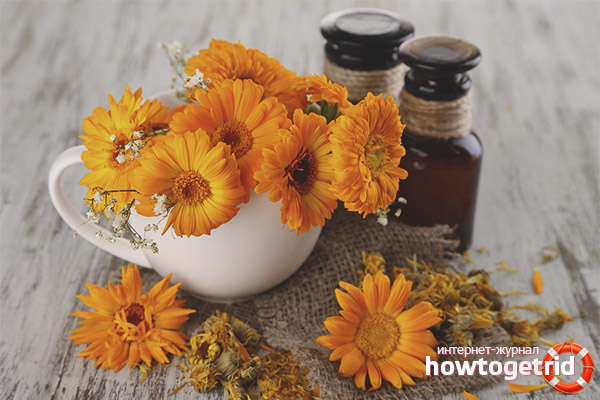
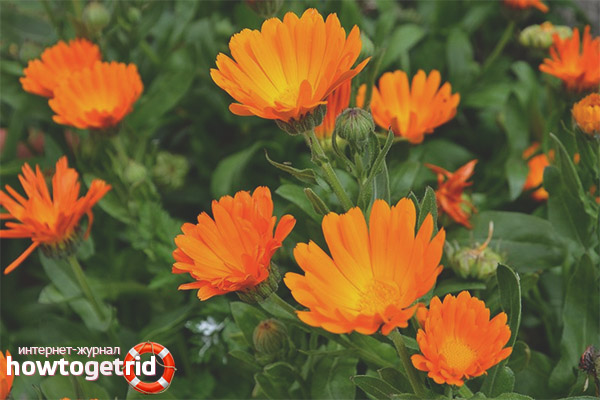
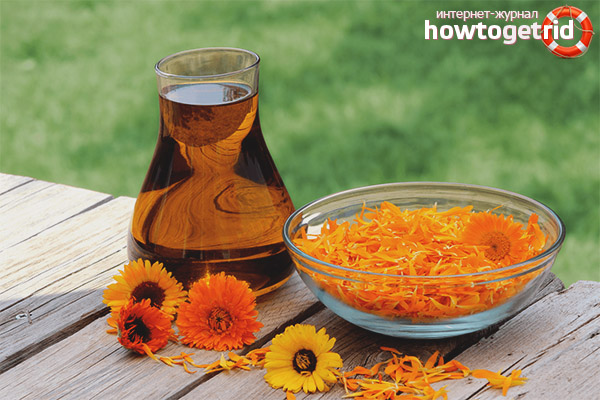
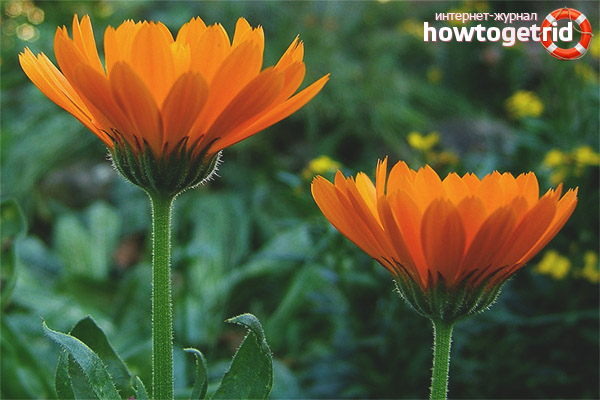



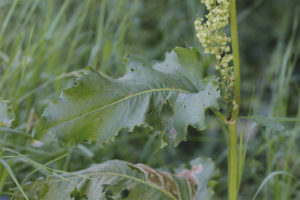


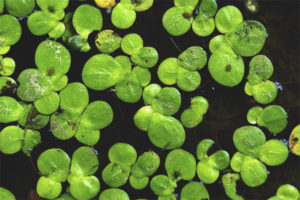
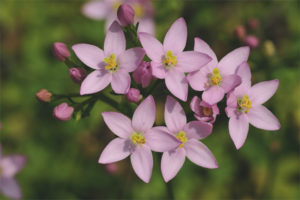
Submit